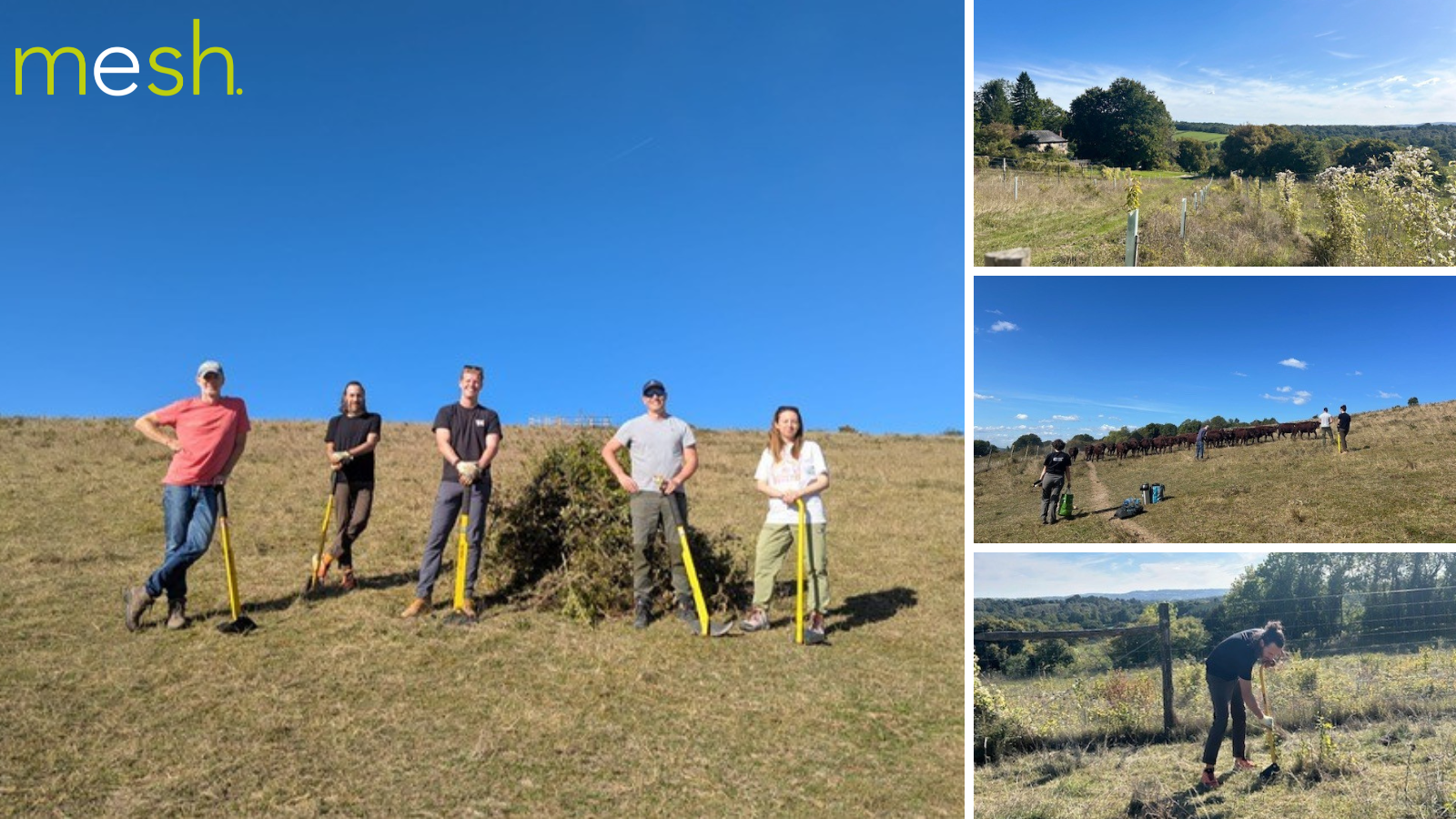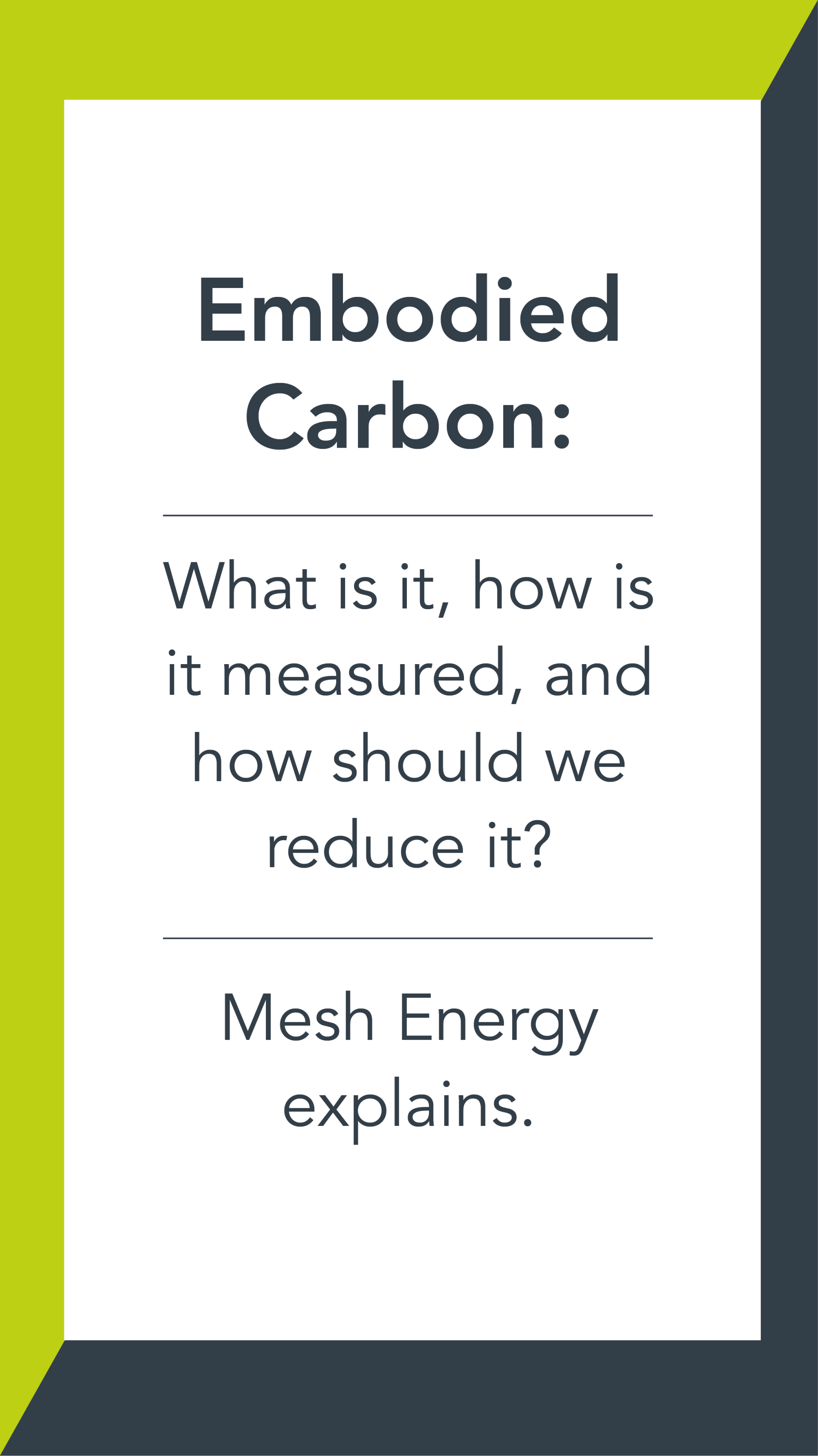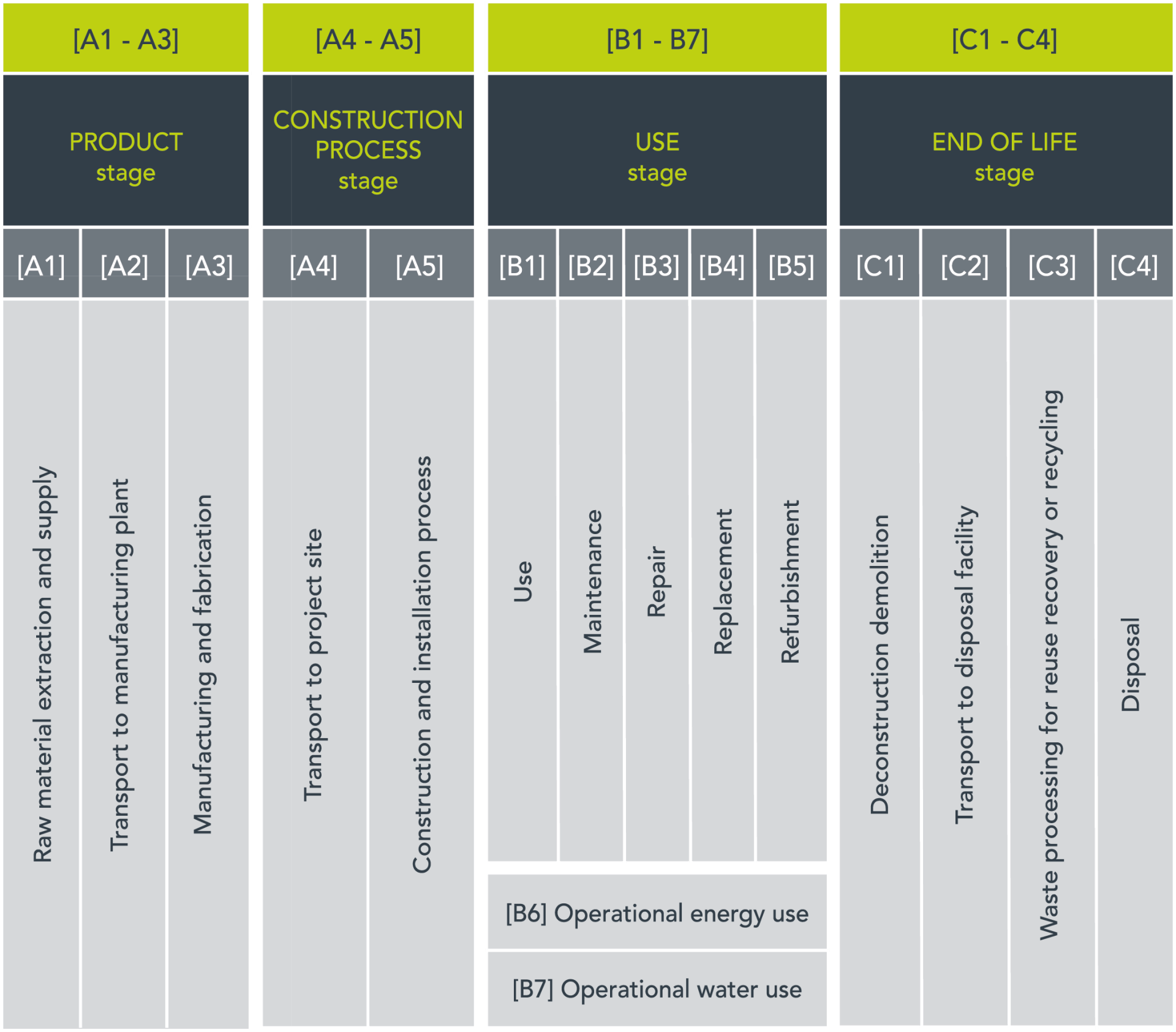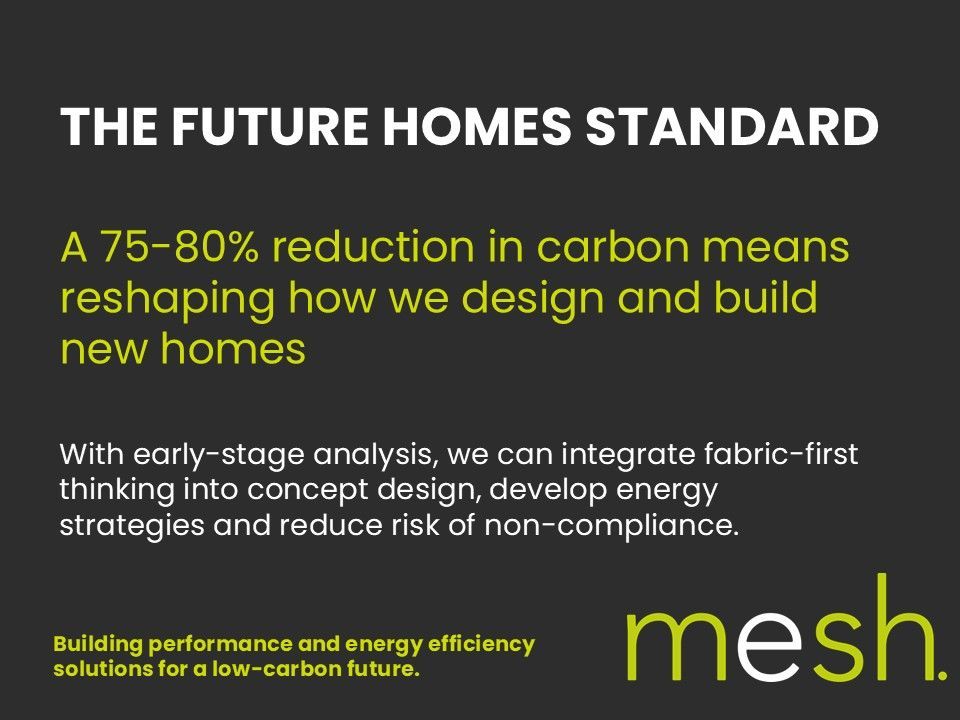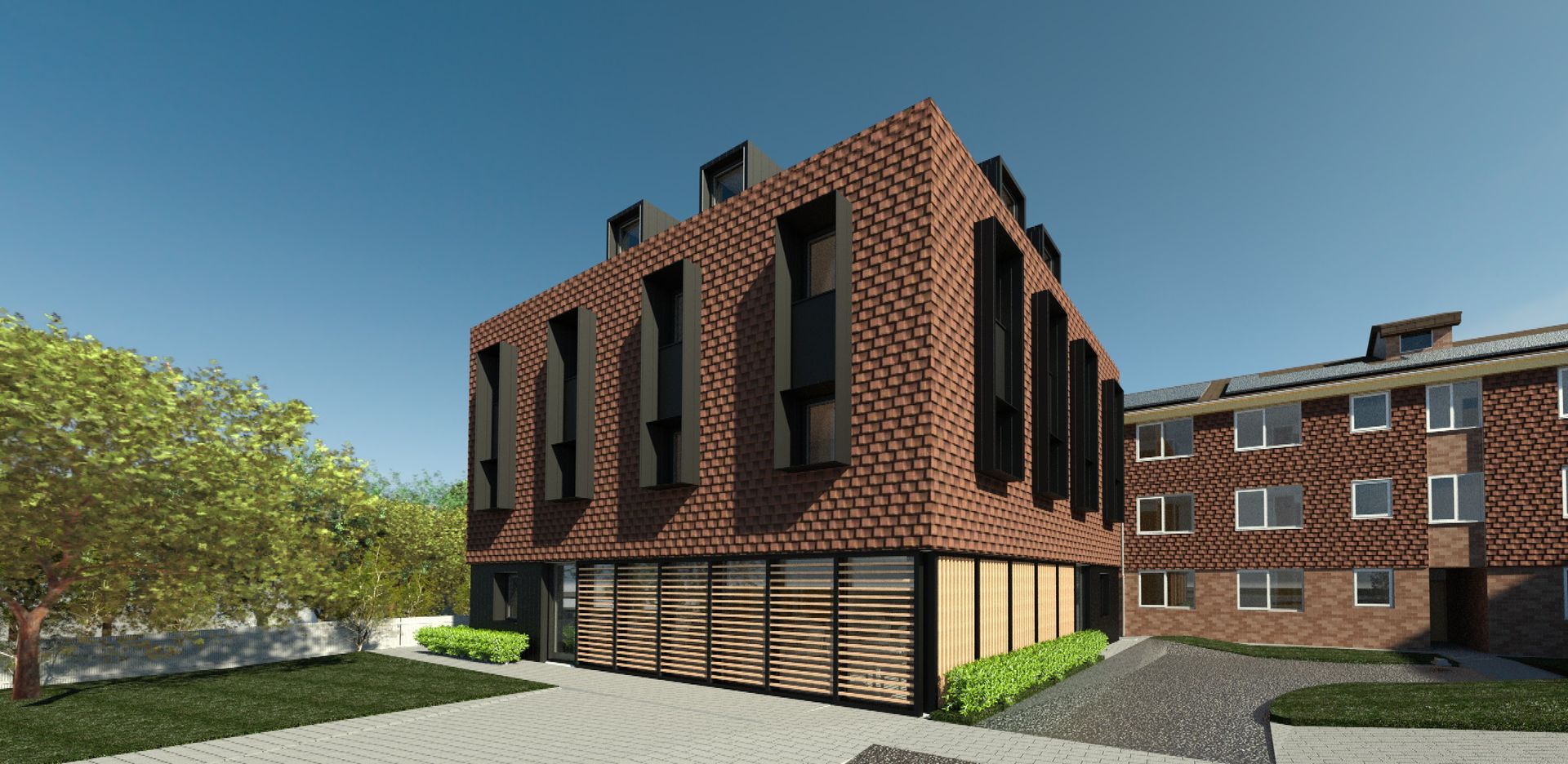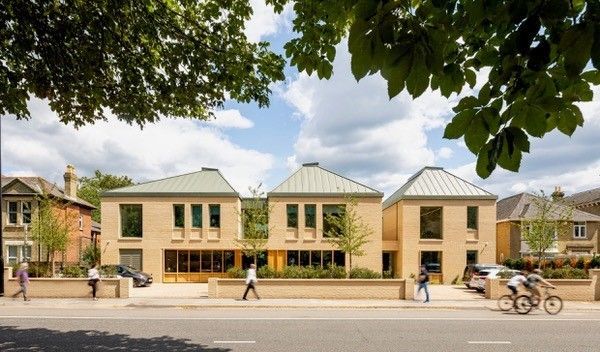Embodied carbon: What is it, how is it measured, and how should we reduce it? Mesh Energy explains
There is a new ‘kid’ on the sustainable building ‘block’. Nobody knows much about her, few know where she has come from, but what we do know is that she is becoming increasingly popular and she’s turning heads!
Yes, we're talking about embodied carbon. In this blog post we want to introduce the topic, demystify some of the aspects of it to help you better understand what it means, and inform you as to what is involved in reducing its impact when it comes up in conversation.
What is embodied carbon?
Simply, embodied carbon is defined as the carbon footprint of a material. It considers how many greenhouse gases (GHGs) are released throughout the supply chain and includes the extraction of materials from the ground, transport, refining, processing & assembly, in use and end of life. So it includes the exhaust emissions of machines mining raw materials, drying, processing these, fuelling the trucks to move materials around, manufacturing emissions, replacement of materials on the building over 60 years (a typical building lifetime) and emissions associated with recycling or disposal and the like at the end of the building’s useful life.
Embodied carbon does not include carbon emissions associated with heating, lighting, ventilating, etc of a building when it is in use but specifically carbon emitted when producing materials that the building is made from. I’d like to think that most readers could get their heads around this bit but how you actually measure and calculate embodied carbon in a development is a whole new headache.
How is embodied carbon measured and calculated?
The complexities of measurement and quantification of embodied carbon for products has been tamed and better understood in recent years by using a Whole Life Carbon Assessment methodology by the Royal Institution of Chartered Surveyors (RICS) and Environmental Product Declarations (EPDs). RICS have broken down a building’s lifecycle into four key stages (Product, Construction Process, Use and End of Life). These are in turn broken down into sub-categories and can be used to apportion embodied carbon to certain aspects of a building’s materials. The best way to show you this is in a diagram, so see below for what the framework looks like.
Every product and material can then be assessed against this framework, but this still leaves issues concerning one person’s or company’s interpretation of carbon emissions to the final values. This is where EPDs come in. An independent, third-party verification of all products has been agreed such that a standardised life cycle assessment with similar product category rules applied allows for products to be fairly compared.
An EPD is often a single-page datasheet, but there are still a fair few numbers on them! The key figure is the ‘Global Warming Potential’ figure which is given in KgCO2e/m3 or in other words the embodied carbon in a given volume of material.
These EPDs are published and verified embodied carbon data for building materials from all around the world from a wide range of manufacturers. Currently, there are around 10-12,000 EPDs which can be assessed and professional software such as OneClick LCA use this database to accurately overlay this data on a 3D model that automatically gives volumes and areas and outputs accurate data on embodied carbon (and cost) for use by the design team.
The professional embodied carbon software does of course require specialist training and an investment, but for a faster path to early stage design strategy Mesh Energy has created a simpler version in excel that uses 45 different materials with embodied carbon data and a simpler input interface so you can more quickly review your designs.
Studies undertaken by RICS have shown that embodied carbon, when measured in this way, contributes to 35-50% of a building's total carbon impact (embodied and emissions) for its entire 60-year life before the keys have even been handed over! So, how can we go about reducing embodied carbon to make less of an impact?
How do we reduce embodied carbon and by how much?
There are a few ways that allow embodied carbon to be reduced. The top 4 ways are:
- Repurpose or reuse existing buildings
- Reuse, re-manufacture and recycle materials
- Build with low carbon, healthy materials
- Offset emissions (renewable tech or woodland planting)
At the top of the list and the most obvious way to reduce embodied carbon is to not manufacture materials, use less and retrofit or repurpose existing buildings where possible. A lot of discussion has been had recently about the push for new eco buildings, but these often involve knocking down existing structures and starting from scratch. It's much better to use the ones we have!
Where materials need to be brought to site, a focus on circular economy thinking comes in. Think reuse, re-manufacture or recycle if possible and again reduce manufacture from scratch.
If new materials must be used, then use low-carbon, healthy materials such as wood, sheep’s wool, cellulose, slate, adobe and other lightly processed materials.
Finally, as a last resort, offset emissions by funding UK offsite renewable energy projects or woodland planting.
The question of by how much we should reduce embodied carbon is a tricky one. This answer has been helped in part by professional frameworks such as the RIBA 2030 Climate Challenge which has set out an aggressive target of 70% embodied carbon reduction by 2030 to help meet the UK’s commitment to reaching net zero carbon by 2050. Whilst this seems like a big leap to take, it is only because we don’t fully understand embodied carbon yet and don’t realise that with a better and more intelligent design and construction process we can quickly get there.
So, there you go. You're now hopefully a little more informed and better prepared to embrace embodied carbon with peers and on your next project. We’ll be writing many more articles on this subject so please stay tuned!
If you still have any questions about embodied carbon,
please don't hesitate to
contact the Mesh team today.
SHARE THIS POST WITH YOUR NETWORK


